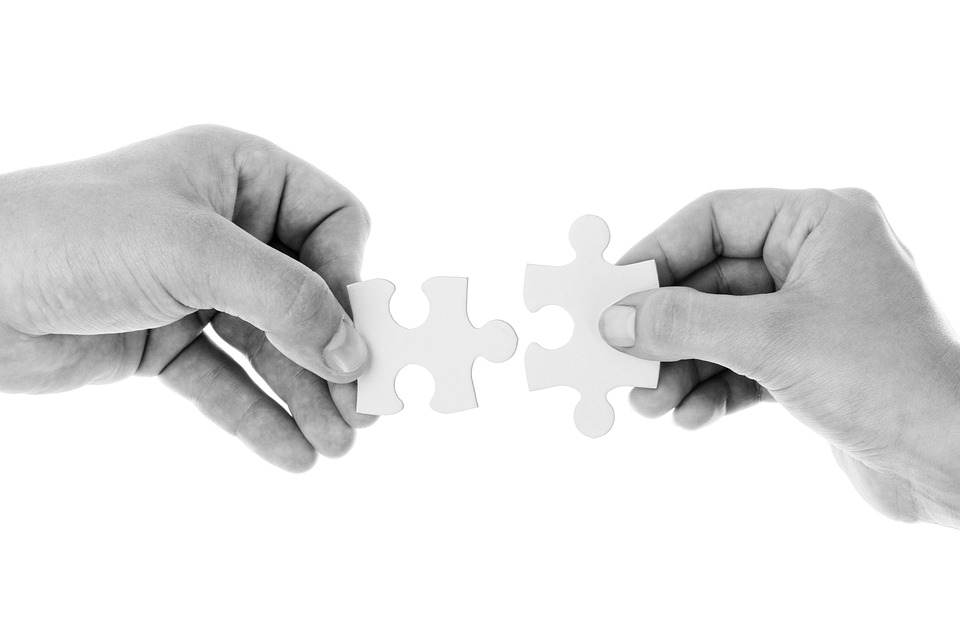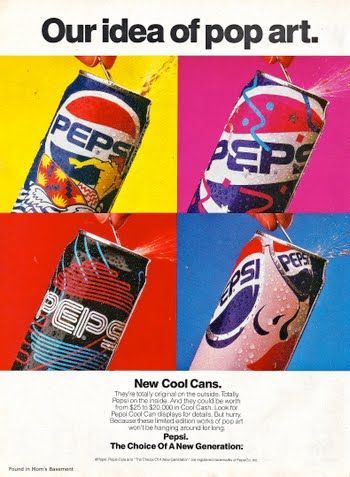Materials and Techniques in Conceptual Art
Conceptual art is a form of contemporary art that puts emphasis on the ideas and concepts behind the artwork rather than the physical object itself. This genre of art challenges traditional notions of art-making and often pushes the boundaries of what can be considered art. In conceptual art, the materials and techniques used play a crucial role in conveying the artist’s message and intention.
The Conceptual Art Movement
Conceptual art emerged in the 1960s and 1970s as a response to the commercialization of the art world and the emphasis on aesthetics in traditional art forms. Artists in this movement sought to break free from conventional artistic practices and explore new ways of thinking about and creating art. Conceptual art often involves the use of non-traditional materials and techniques to challenge viewers’ expectations and provoke thought.
Materials in Conceptual Art
Materials used in conceptual art can range from everyday objects and found materials to more traditional art supplies. Artists in this movement often choose materials that are unconventional or have a specific symbolic meaning to convey their ideas. By using non-traditional materials, artists can push the boundaries of what is considered art and challenge viewers to think about the world in new ways.
Some common materials used in conceptual art include:
Found objects
Ready-made objects
Text
Photographs
Videos
Sound recordings
Techniques in Conceptual Art
Techniques used in conceptual art are often unconventional and experimental, reflecting the artists’ desire to push the boundaries of traditional art-making practices. Artists in this movement may use a combination of techniques to convey their ideas, including:
Language-based techniques: Artists may use text, poetry, or language as a primary component of their work.
Performance art: Artists may use their own bodies or actions to create art and convey their ideas.
Installation art: Artists may create immersive environments or installations that invite viewers to interact with the artwork.
Collage and assemblage: Artists may combine disparate materials and objects to create new and unexpected connections.
Found object art: Artists may use everyday objects or materials as a way to challenge traditional notions of art.
Exploring Conceptual Art
Conceptual art challenges viewers to think critically about the nature of art and how it is created and understood. By using non-traditional materials and techniques, artists in this movement are able to convey complex ideas and emotions in new and innovative ways. Whether through found objects, text-based art, or performance, conceptual artists push the boundaries of what is possible in the art world and invite viewers to question their assumptions about art and creativity.
As the conceptual art movement continues to evolve and expand, artists are sure to continue to explore new materials and techniques to push the boundaries of art and challenge viewers’ expectations. By thinking outside the box and experimenting with new approaches to art-making, conceptual artists are able to create thought-provoking and impactful works that challenge traditional notions of art and inspire audiences to see the world in new and exciting ways.
Whether you are a seasoned art enthusiast or new to the world of conceptual art, exploring the materials and techniques used in this genre can provide valuable insights into the creative process and the ideas behind the artwork. By taking the time to understand the materials and techniques used in conceptual art, you can gain a deeper appreciation for the complexities and nuances of this dynamic and ever-evolving art form.
So, take some time to explore the fascinating world of conceptual art and discover the innovative and thought-provoking works created by artists who are redefining the boundaries of art and challenging traditional notions of creativity.


